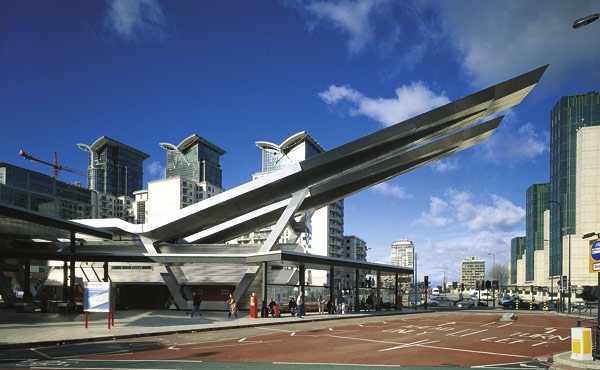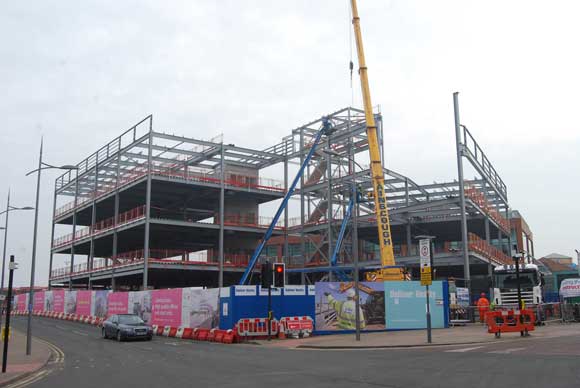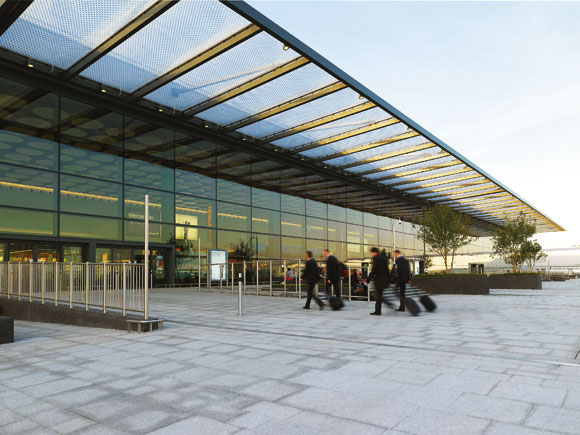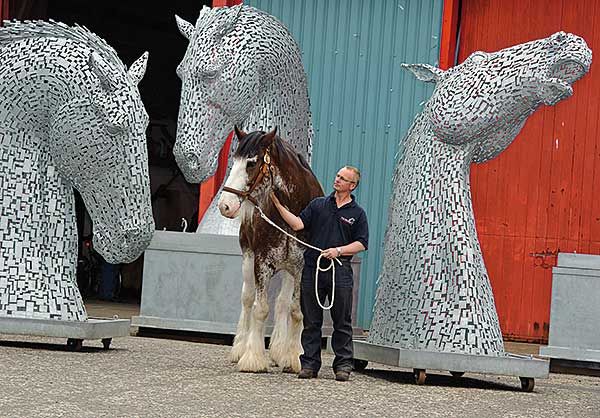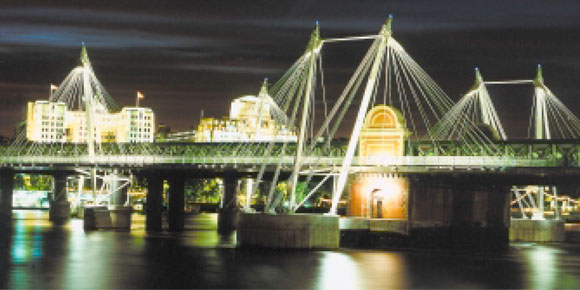News
Sculptural Vauxhall Cross reinvents the bus station
Arguably the most striking building on London’s bus network, Arup Associates’ Vauxhall Cross transport interchange, entered service without fanfare last month.
Described as a 12m-wide, 200m-long stainless steel “ribbon”, the bus station dips and rises as it stretches away from Vauxhall’s Tube and mainline stations.
Arup Associates won the commission in a competition organised by Transport for London, the Cross River Partnership and London Buses.
The £4M development, which can handle 45,000 people per hour at peak times, removes bus traffic from the cluttered road system south of Vauxhall Bridge and integrates the new station with both bus and rail services.
Its structural form is meant to echo the lines of the Tube and bus route maps. Most visible is the dramatic 18m long end canopy that rises up at 20 degrees.
Arup says the entire scheme is designed to perform as a seamless sculptural artefact and “every effort has been made to integrate the paraphernalia of a public transport node into the architectural work, avoiding the clutter that scars many developments”.
Robert Pugh, lead structural engineer with Arup Associates, says the structure was conceived as a 200m modular construction, made up five essentially similar modules while the sixth cantilevers skywards.
These create, says Pugh, “a relatively simple principal structure: a pair of parallel portal frames spaced at 3m centres, defining a central corridor zone and supporting the 12m wide roof.”
Each module is 36m long and contains two repetitions in the roof line undulations, supported by prominent raking columns. Legs are square hollow sections while longitudinal members are rolled I-sections.
The frame changes form portal to cantilever for the sixth module, which provides an 18m clear cantilever, stretching a full 25m from the fulcrum of the raking strut.
The whole structure is clad in stainless steel, whose advantage is that aggressive cleaning agents can be used to remove graffiti without damaging its surface.
Norwest Holst was main contractor.








